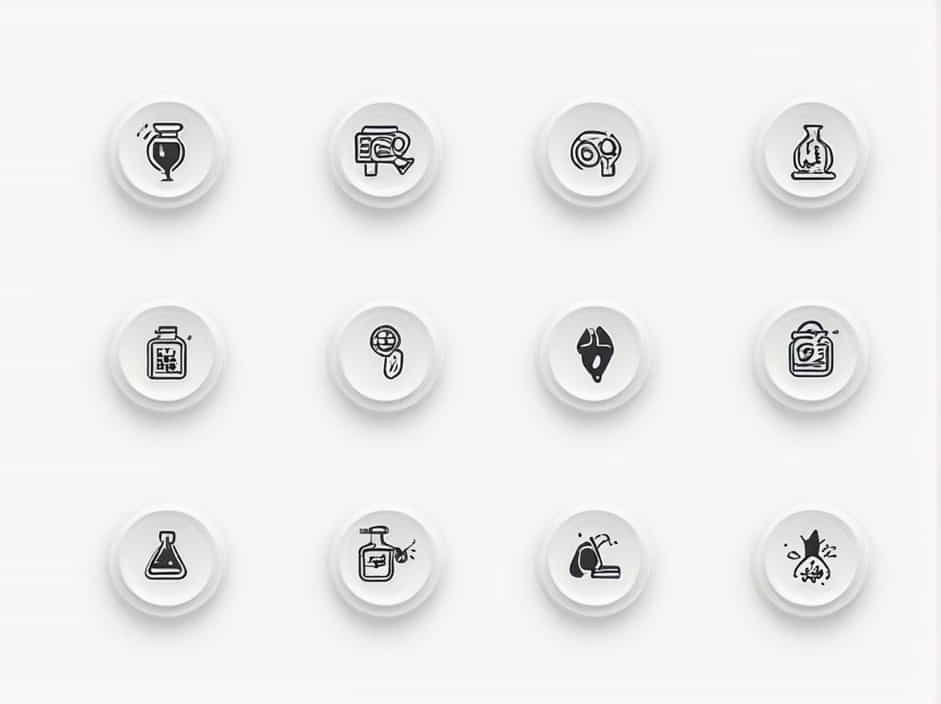The human body is constantly exposed to harmful chemicals, whether from food, medications, environmental pollutants, or metabolic waste. To protect itself, the body relies on a sophisticated detoxification system that breaks down and eliminates these toxic substances.
Among all organs, the liver plays the primary role in detoxification, processing toxins to make them harmless and facilitating their excretion. Other organs, such as the kidneys, lungs, and skin, also contribute to the detoxification process.
This topic explores how the body detoxifies harmful chemicals, with a focus on the liver and its essential functions.
1. The Liver: The Body’s Detoxification Center
1.1. Why Is the Liver Important for Detoxification?
The liver is the largest internal organ and functions as the body’s natural filter. It processes everything we eat, drink, and absorb through the skin, converting harmful substances into less toxic forms for elimination.
1.2. How the Liver Neutralizes Toxins
The liver detoxifies chemicals through a two-phase process:
- Phase 1 (Modification): Toxins are broken down into intermediate forms by liver enzymes, mainly the cytochrome P450 enzymes.
- Phase 2 (Conjugation): These intermediates are further processed to become water-soluble, making them easier to eliminate through urine or bile.
This two-step detoxification process ensures that harmful substances are efficiently removed from the body.
2. Major Sources of Harmful Chemicals in the Body
The body encounters toxins from various sources, including:
- Food and Drinks: Processed foods, alcohol, and artificial additives.
- Medications: Prescription drugs, over-the-counter painkillers, and antibiotics.
- Environmental Pollutants: Airborne chemicals, heavy metals, and pesticides.
- Metabolic Waste: Byproducts of digestion and cellular activity.
Since these substances can accumulate and cause damage, the liver must work continuously to neutralize them.
3. Other Organs Involved in Detoxification
Although the liver is the primary detoxification organ, other systems help remove harmful chemicals:
3.1. The Kidneys: Filtering the Blood
The kidneys remove toxins and excess substances from the bloodstream by filtering waste products and excreting them through urine.
3.2. The Lungs: Expelling Toxins Through Respiration
The lungs remove volatile toxins, such as carbon dioxide and airborne pollutants, through exhalation.
3.3. The Skin: Detoxification Through Sweat
Sweating helps eliminate heavy metals and water-soluble toxins, reducing the body’s toxic load.
3.4. The Digestive System: Eliminating Waste
The intestines and colon expel undigested food and toxins through bowel movements, preventing toxin reabsorption.
4. Common Toxins the Liver Detoxifies
4.1. Alcohol and Drugs
The liver processes alcohol by converting it into acetaldehyde, a toxic substance that is further broken down into harmless acetate. It also metabolizes medications such as painkillers and antibiotics.
4.2. Heavy Metals
The liver helps eliminate lead, mercury, arsenic, and cadmium, which can be harmful to the nervous system and organs.
4.3. Environmental Pollutants
Air pollutants, pesticides, and industrial chemicals are processed by liver enzymes to reduce their toxicity.
4.4. Excess Hormones
The liver regulates hormone levels by breaking down excess estrogen, insulin, and cortisol, preventing hormonal imbalances.
5. How to Support Liver Detoxification Naturally
A healthy liver ensures efficient detoxification. Here are some ways to support liver function:
5.1. Eat Liver-Friendly Foods
Certain foods help the liver perform its detoxification duties effectively:
- Cruciferous vegetables (broccoli, cabbage, Brussels sprouts) boost detox enzymes.
- Garlic and onions contain sulfur compounds that aid detoxification.
- Turmeric supports liver health with its anti-inflammatory properties.
- Beets and carrots enhance bile production and toxin elimination.
5.2. Stay Hydrated
Drinking enough water helps flush toxins out of the body through urine and sweat.
5.3. Reduce Alcohol and Processed Foods
Excessive alcohol and highly processed foods overload the liver, making detoxification less efficient.
5.4. Exercise Regularly
Physical activity improves blood circulation, which enhances toxin elimination through sweat and the lymphatic system.
5.5. Get Enough Sleep
The liver performs most of its detoxification at night, so getting sufficient sleep is crucial.
6. Signs of Poor Liver Detoxification
If the liver is overloaded with toxins, the body may show warning signs, such as:
- Fatigue and low energy levels
- Digestive problems (bloating, constipation, or nausea)
- Skin issues like acne or rashes
- Brain fog and difficulty concentrating
- Unexplained weight gain
Ignoring these symptoms can lead to liver diseases such as fatty liver, hepatitis, or cirrhosis.
7. Medical Conditions Affecting Liver Detoxification
7.1. Fatty Liver Disease
Excess fat in the liver can reduce its ability to detoxify, often caused by obesity, poor diet, or alcohol consumption.
7.2. Hepatitis
Viral infections (hepatitis A, B, or C) can damage liver cells, impairing detoxification.
7.3. Liver Cirrhosis
Chronic liver damage from alcohol abuse or viral infections leads to scarring and reduced detoxification capacity.
The liver is the primary detoxification organ, responsible for breaking down harmful chemicals and ensuring they are safely eliminated. Other organs, such as the kidneys, lungs, skin, and intestines, also contribute to toxin removal.
Supporting liver health through a nutrient-rich diet, hydration, exercise, and proper sleep ensures the body can efficiently process and eliminate toxins, promoting overall well-being.
